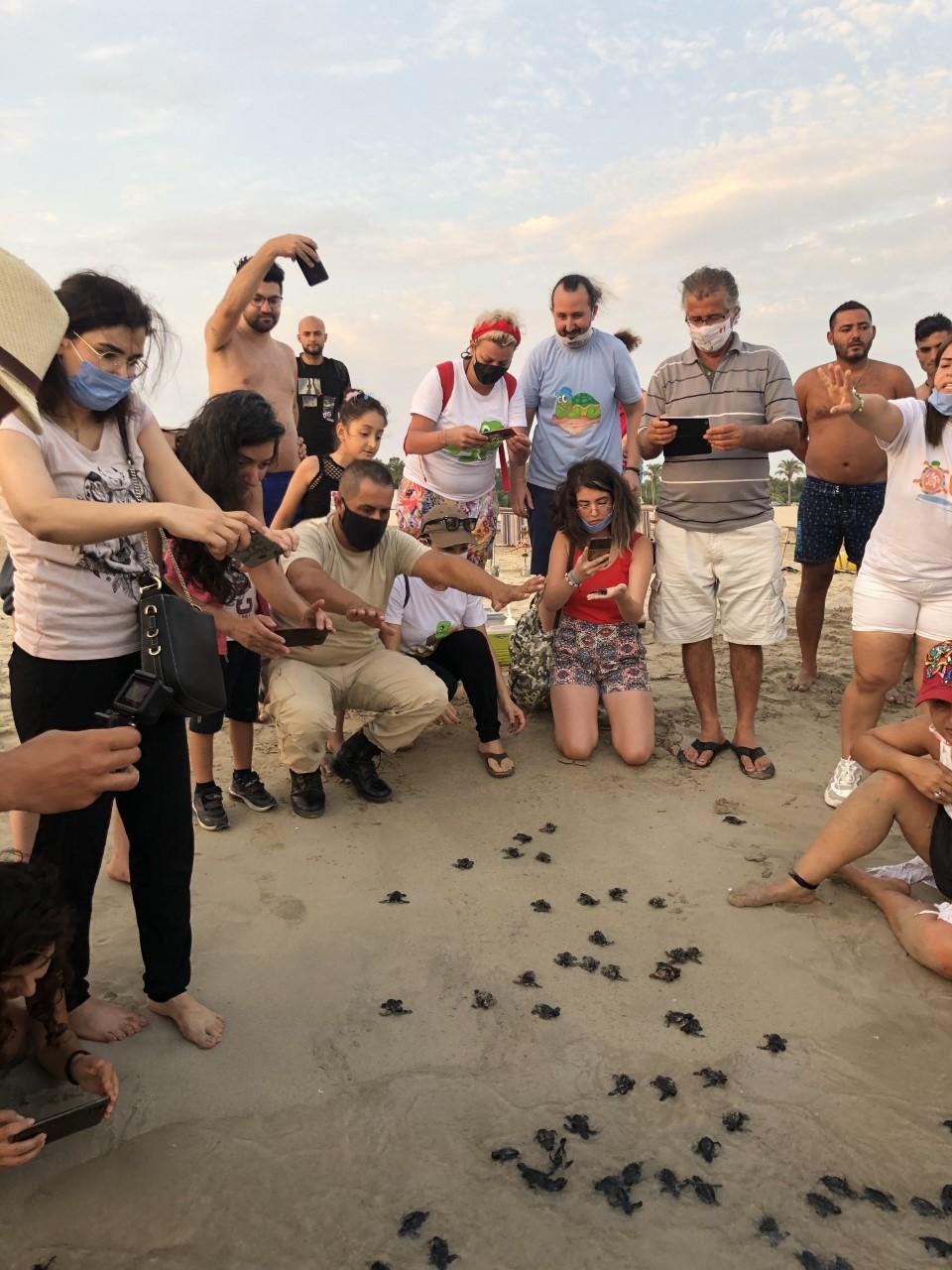The ENSERES project visits Lebanon with its SPAMI twinning programme: partners from Sfax and the Montgri Natural park exchange experiences with the Tyre Coast Nature Reserve team

“It was a success, three days of dialogue that will play a very important role in the future of the Reserve”. This is how Ali Badreddine, marine biologist of the Tyre Coast Nature Reserve and project coordinator for ENSERES, comments on the Lebanese stage of the SPAMI (Specially Protected Areas of Mediterranean Importance) twinning programme. From 6 to 9 June 2022 the splendid city located in southern Lebanon hosted the representatives of the municipality of Sfax, Tunisia, and of the Montgri, Medes Islands and Ter Bay Natural Park, a paradise of biodiversity located on the northern Catalan coast.
The first day of activity was used for the presentation of the city of Tyre and its natural reserve. Tyre, or Sur in Arabic, is an ancient Phoenician centre that has always been at the heart of Mediterranean history, and was recognized in 1984 by UNESCO as a World Heritage Site. Tradition and culture are accompanied by the immense value of natural resources. Tyre is one of the few intact stretches of the Lebanese coast, unfortunately characterized by pollution, excessive urbanization and erosion. The Reserve contains numerous and rare plant and animal species, hosts a Ramsar site and is a very important nesting spot for sea turtles.
Saba Guellouz of SPA/RAC Tunisia, together with Ramon Alturo and Marc Casadella of the Montgri Park , had the opportunity to meet the farmers who work in the area, crossed by boat the protected stretch of sea and had a long dialogue with Hassan Dbouk, mayor of Tyre and president of the Reserve. They met with other local stakeholders during an intense workshop and were able to admire the archaeological heritage of the city and witness the release of a turtle, returned to the sea after a long period of treatment. Each experience, in organic relations with the themes discussed during the workshop, was used for comparison, for the analysis of the risks and opportunities that characterize the marine-coastal contexts of the three different and precious corners of the Mediterranean basin.
"Indeed, a fundamental experience for us. We managed to bring together all the communities that give life to the Reserve”, says Badreddine. “We have studied together the threats and potentialities of cultural and environmental sites, the sustainable prospects of agriculture and fisheries. We have put all the elements back together into a strategy. And finally, over the course of three days, we learned to recognize our strong similarities: Lebanese, Tunisians, Spanish, French and Italians, we are part of a single, very ancient Mediterranean family. Now we have to work together for the future”.







